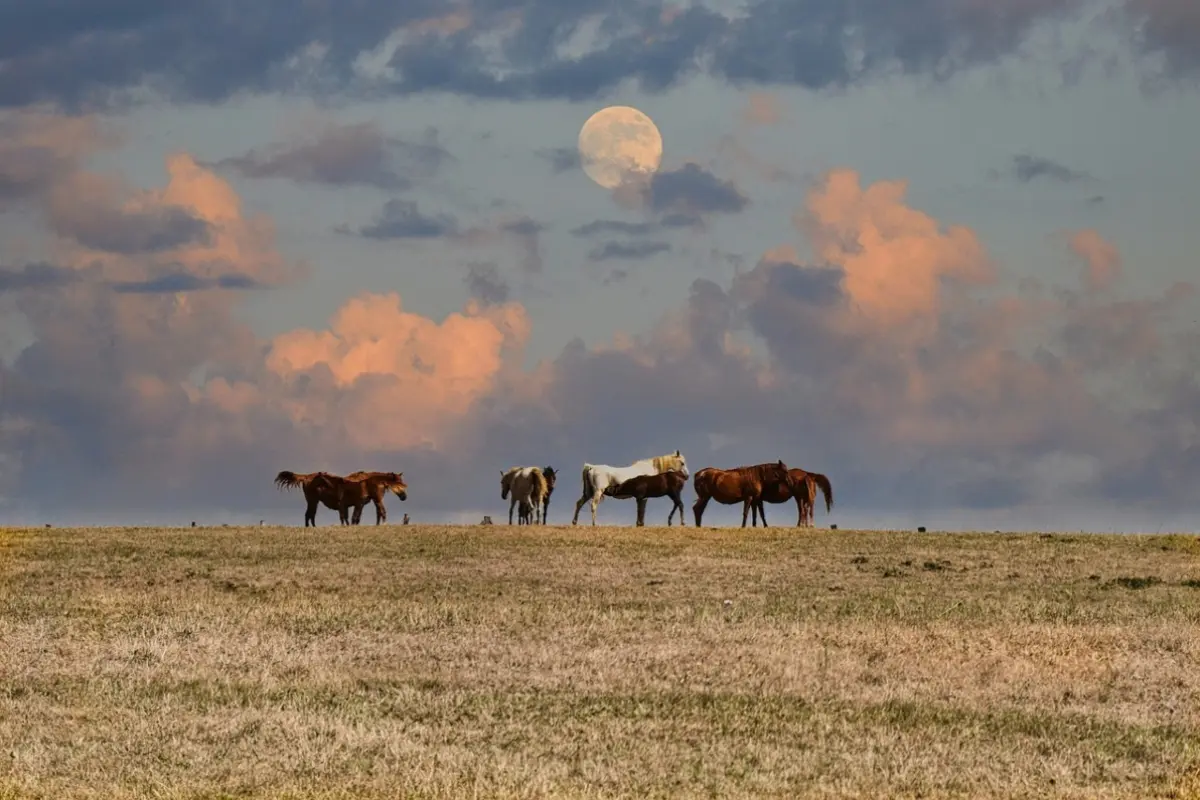
Do you want to access to this and other private contents?
Log in if you are a subscriber or click here to request service
Grasslands: ecosystem useful for containing climate change
A FAO study explains how to improve carbon storage /Attachment

The first Global Assessment of Soil Carbon in Grasslands report from the Food and Agriculture Organization of the United Nations (FAO) analyzes the state of carbon stocks in the world's grasslands and highlights hotspots where action is needed to conserve or increase the soil's ability to store carbon.In fact, after the oceans, soils are the second largest carbon store on Earth. The report therefore...
lml - 29274
EFA News - European Food Agency
EFA News - European Food Agency